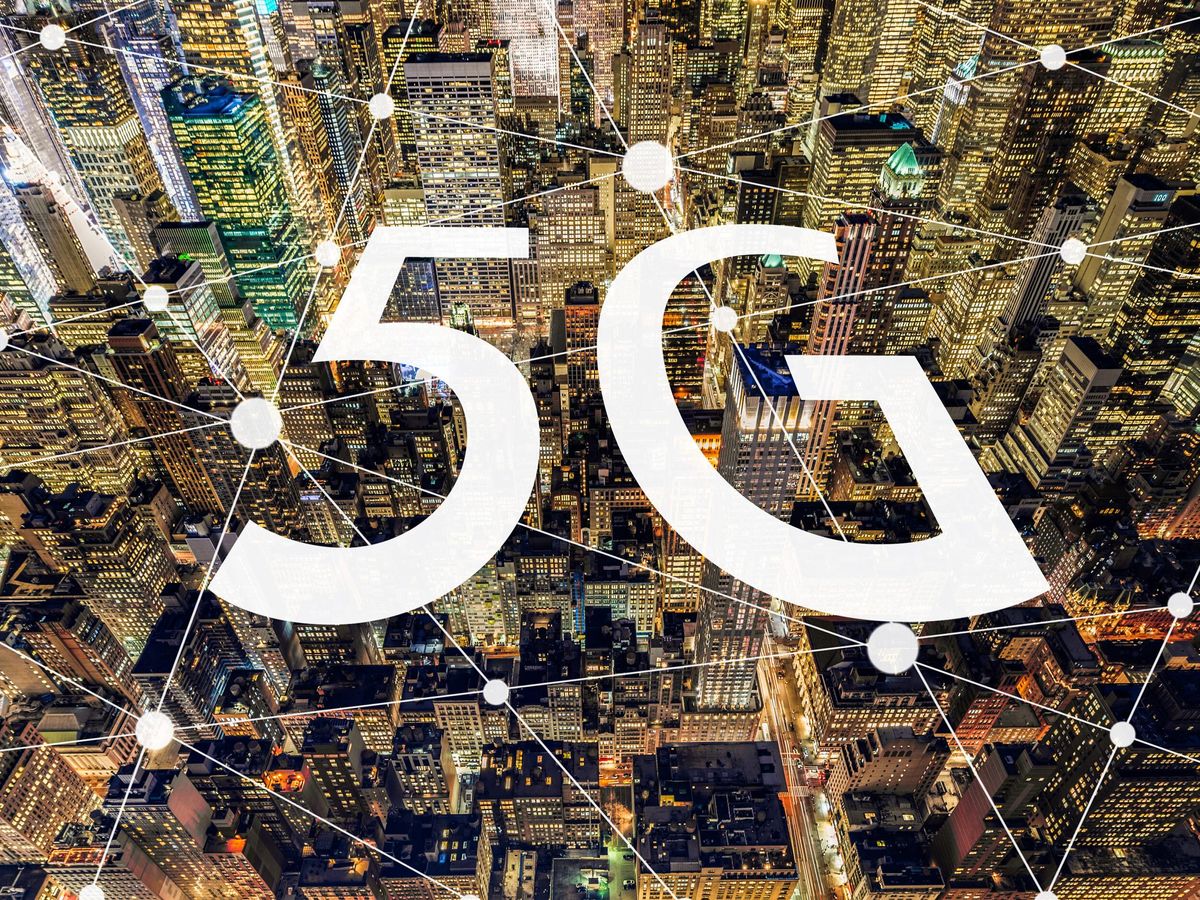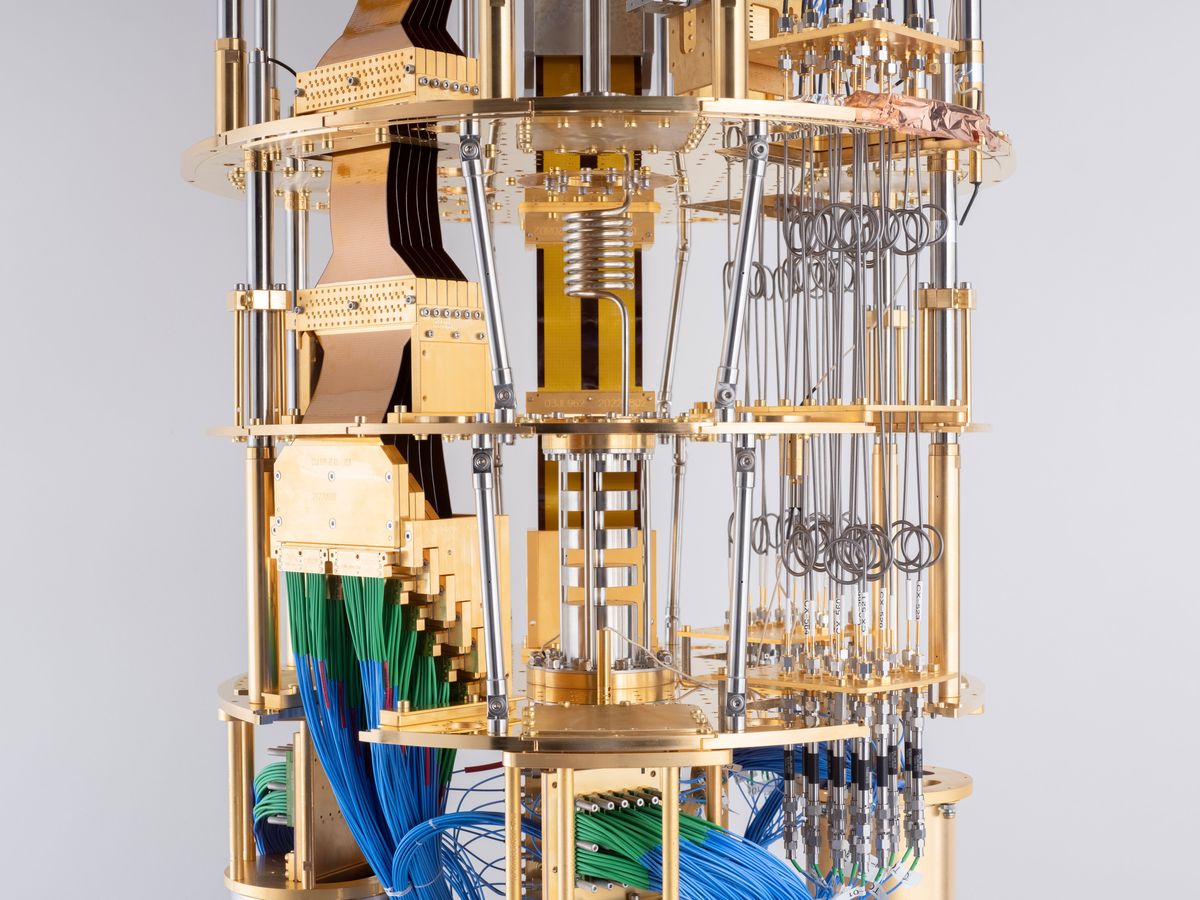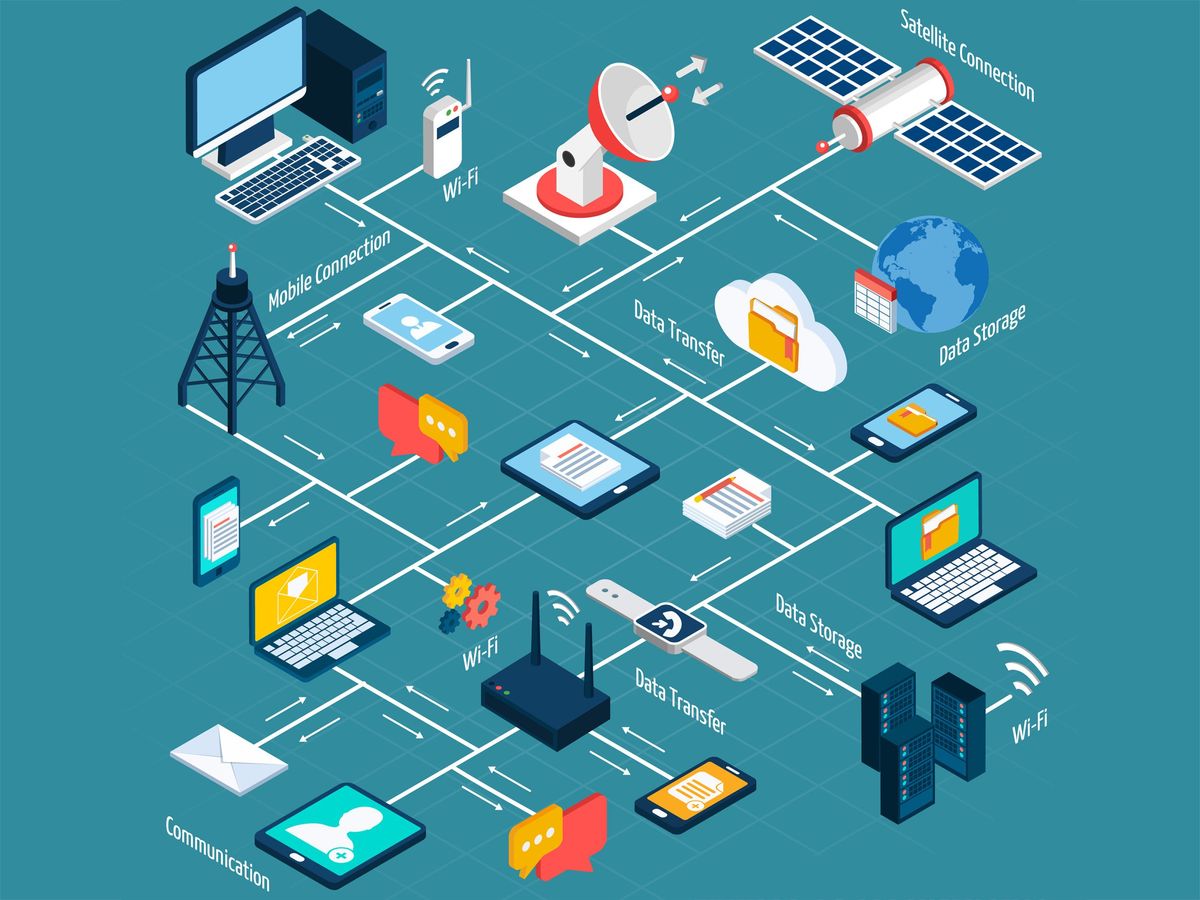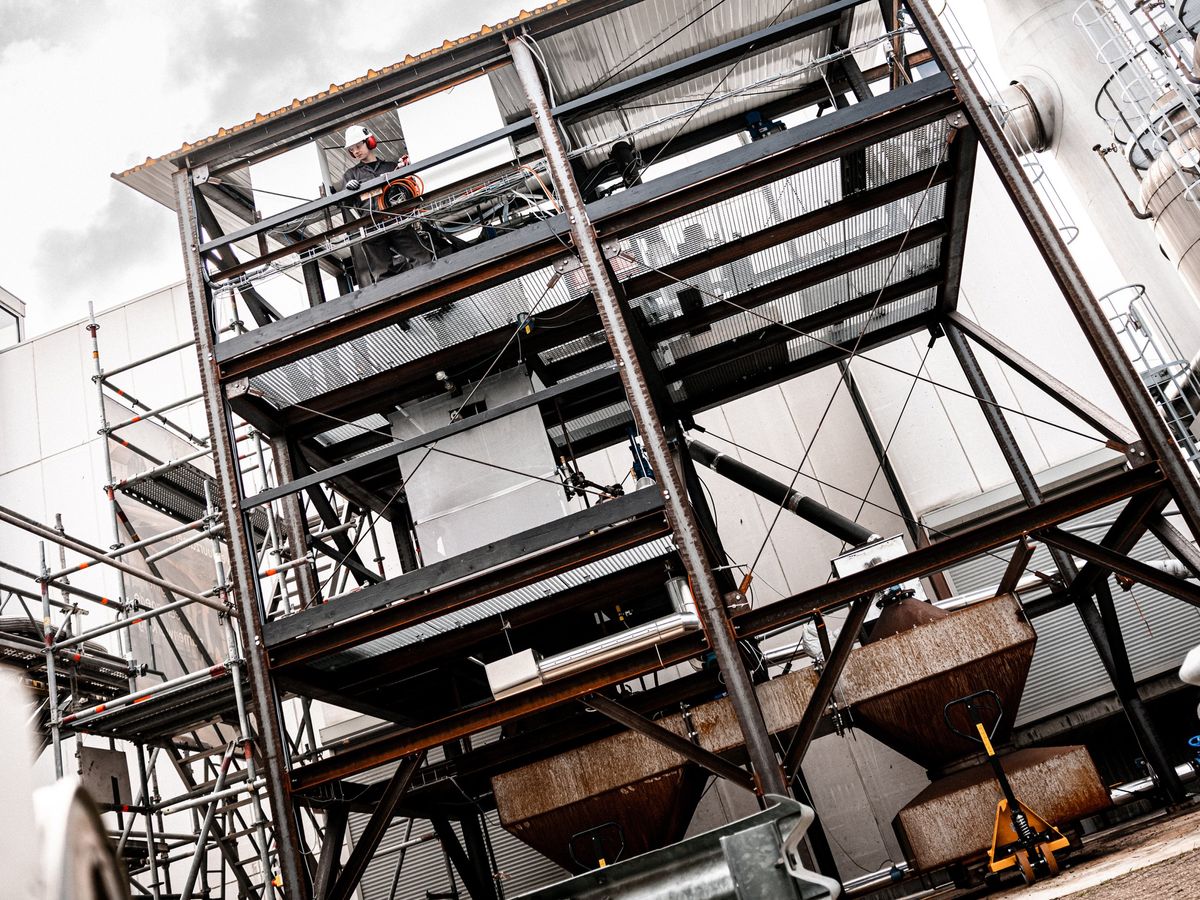The five most important areas of technology this year, according to a recent survey, will be cloud computing, 5G, the metaverse, electric vehicles, and the Industrial Internet of Things.
The survey consulted 350 CIOs, CTOs, IT directors, and other technology leaders in Brazil, China, India, the United Kingdom, and the United States.
In “The Impact of Technology in 2023 and Beyond: An IEEE Global Study,” the global senior executives also weighed in on what areas could benefit from 5G implementation, what tasks would be automated by artificial intelligence, and how they plan to adopt the metaverse.
Almost 95 percent of the leaders said incorporating technologies that would help their organization become more sustainable and energy efficient was a top priority.
The executives said they thought telecommunications, transportation, energy, and financial services would be the areas most affected by technology this year.
They also shared what areas would benefit from 5G implementation.
The impact of 5G
Almost all of the tech leaders agreed that 5G is likely to impact vehicle connectivity and automation the most. They said areas that will benefit from 5G include remote learning and education; telemedicine; live streaming of sports and other entertainment programs; day-to-day communications; and transportation and traffic control.
About 95 percent said satellites that are used to provide connectivity in rural areas will enable devices with 5G to connect from anywhere at any time. In aninterview with IEEE Transmitter about the results, IEEE Senior Member Eleanor Watson predicted that the space satellites will be game-changers because they “enable leapfrogging off the need to build very expensive terrestrial infrastructure. They’re also the ultimate virtual private network—VPN—for extrajurisdictional content access.”
Automation through AI and digital twins
Nearly all the tech leaders—98 percent—said routine tasks and processes such as data analysis will be automated thanks to AI-powered autonomous collaborative software and mobile robots, allowing workers to be more efficient and effective.
The same percentage agreed that digital twin technology and virtual simulations that more efficiently design, develop, and test prototypes and manufacturing processes will become more important. A digital twin is a virtual model of a real-world object, machine, or system that can be used to assess how the real-world counterpart is performing.
Meetings in the metaverse
The leaders are considering ways to use the metaverse in their operations. Ninety-one percent said they plan to use the technology for corporate training sessions, conferences, and hybrid meetings. They said that 5G and ubiquitous connectivity, virtual reality headsets, and augmented reality glasses will be important for advancing the development of the metaverse.
Companies are looking to the metaverse to help them with their sustainable development goals. IEEE Senior Member Daozhuang Lin told IEEE Transmitter that “metaverse-related technology will be a major contributor to reducing carbon emissions because it allows technologists and engineers to perform simulations, rather than relying on real-world demonstrations that run on traditional energy.” But for the technology to really take off, the respondents said, more innovations are needed in 5G and ubiquitous connectivity, virtual-reality headsets, augmented-reality glasses, and haptic devices.
Read more about IEEE members’ insight on the survey results on IEEE Transmitter.
This article appears in the March 2023 print issue as “Tech Predictions for 2023 and Beyond .”
- 8 Products That Excel at Protecting Children’s Digital Privacy ›
- Examining the Impact of 6G Telecommunications on Society ›
Kathy Pretz is editor in chief for The Institute, which covers all aspects of IEEE, its members, and the technology they're involved in. She has a bachelor's degree in applied communication from Rider University, in Lawrenceville, N.J., and holds a master's degree in corporate and public communication from Monmouth University, in West Long Branch, N.J.



